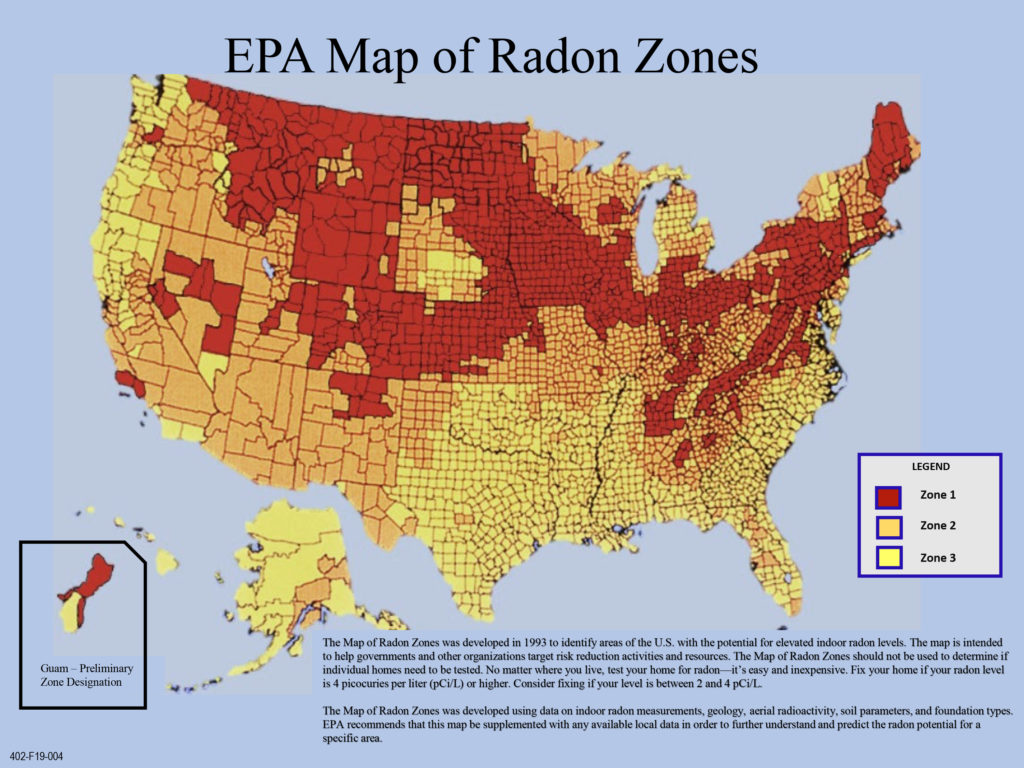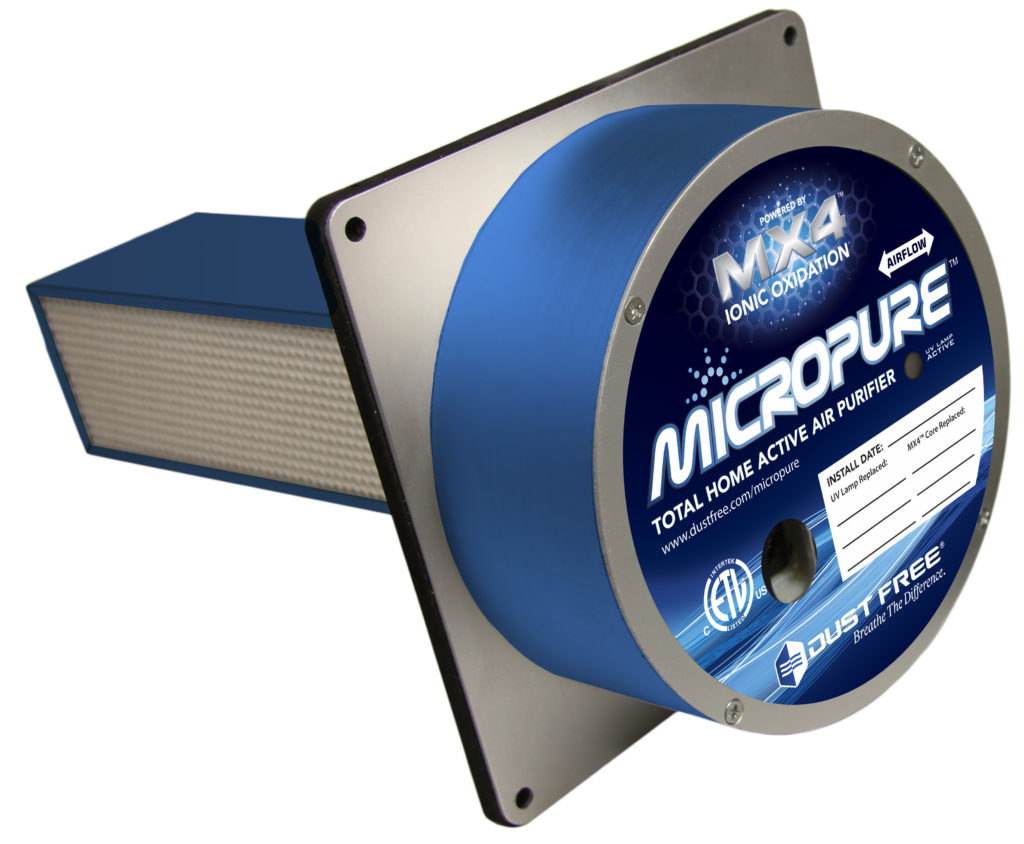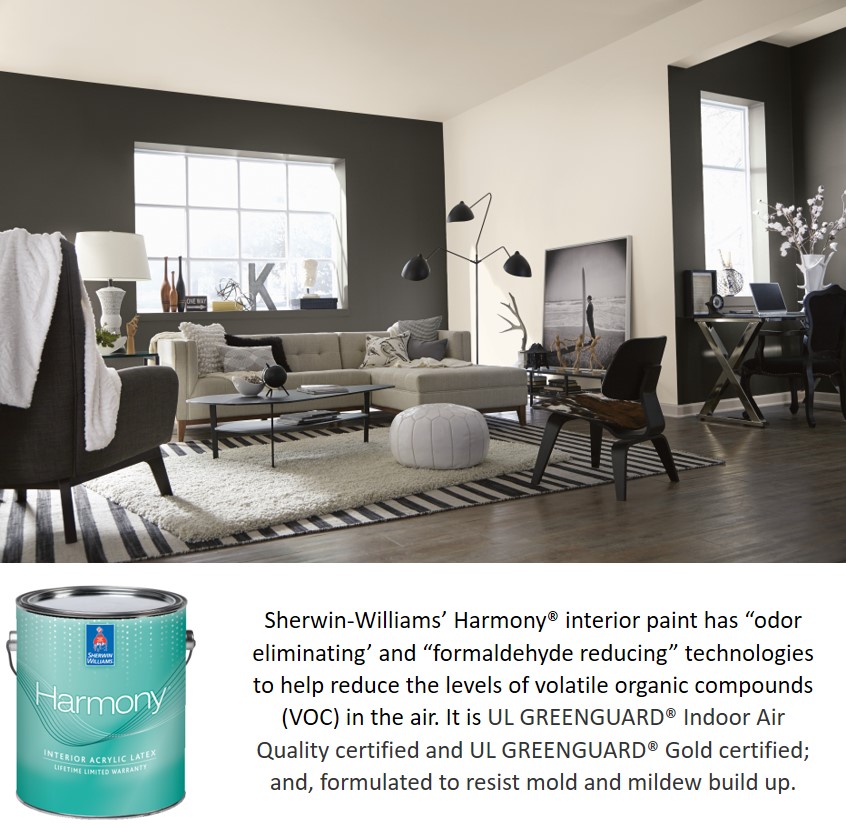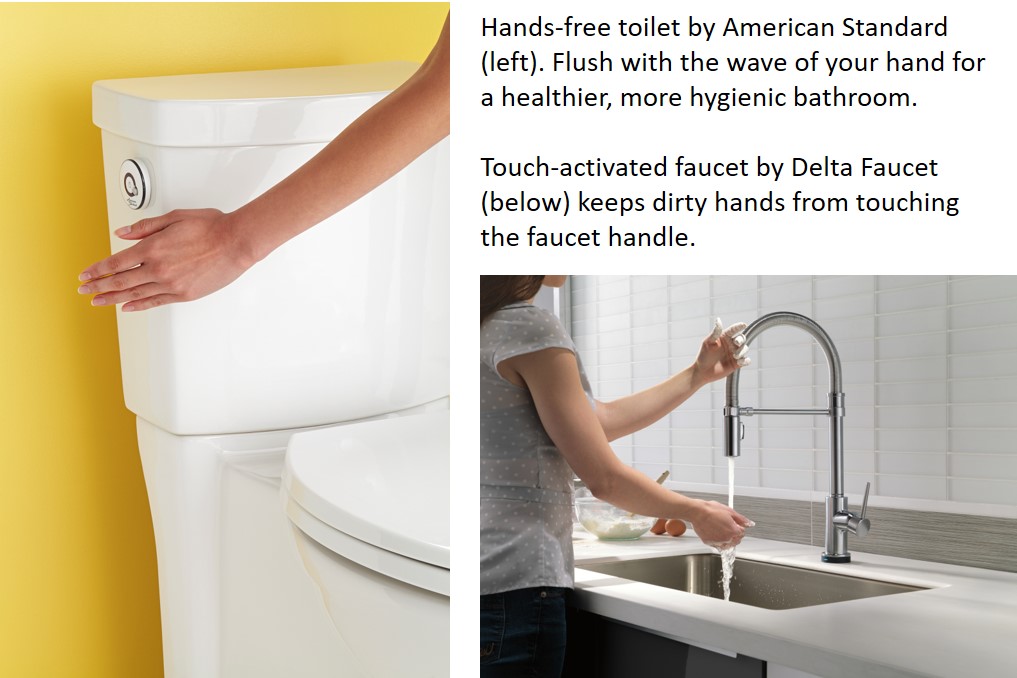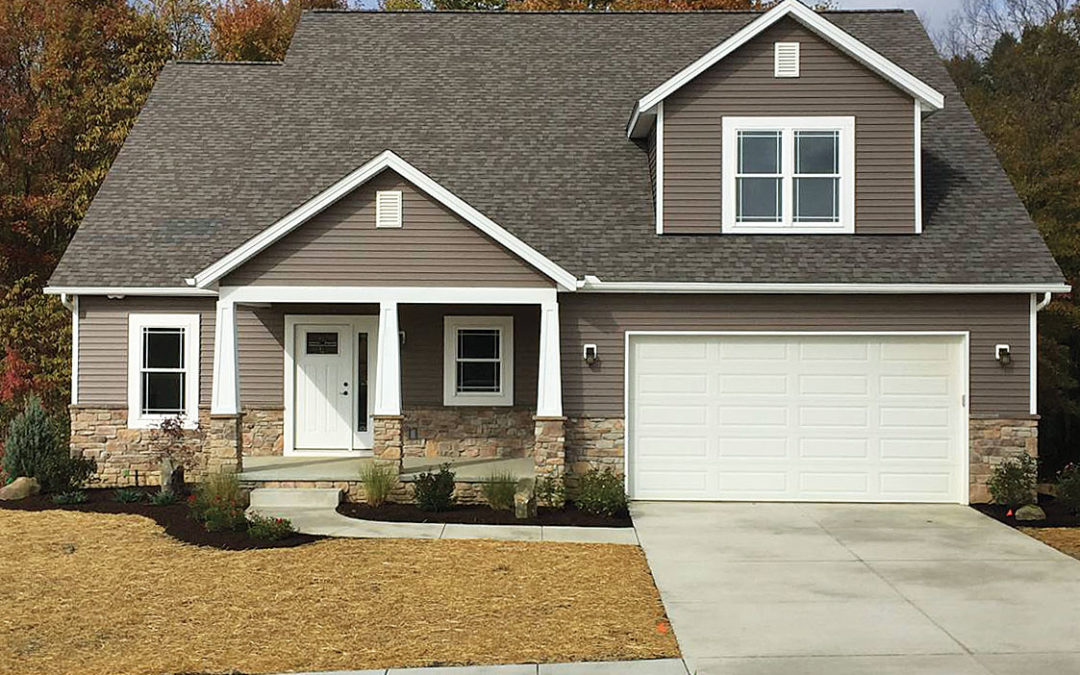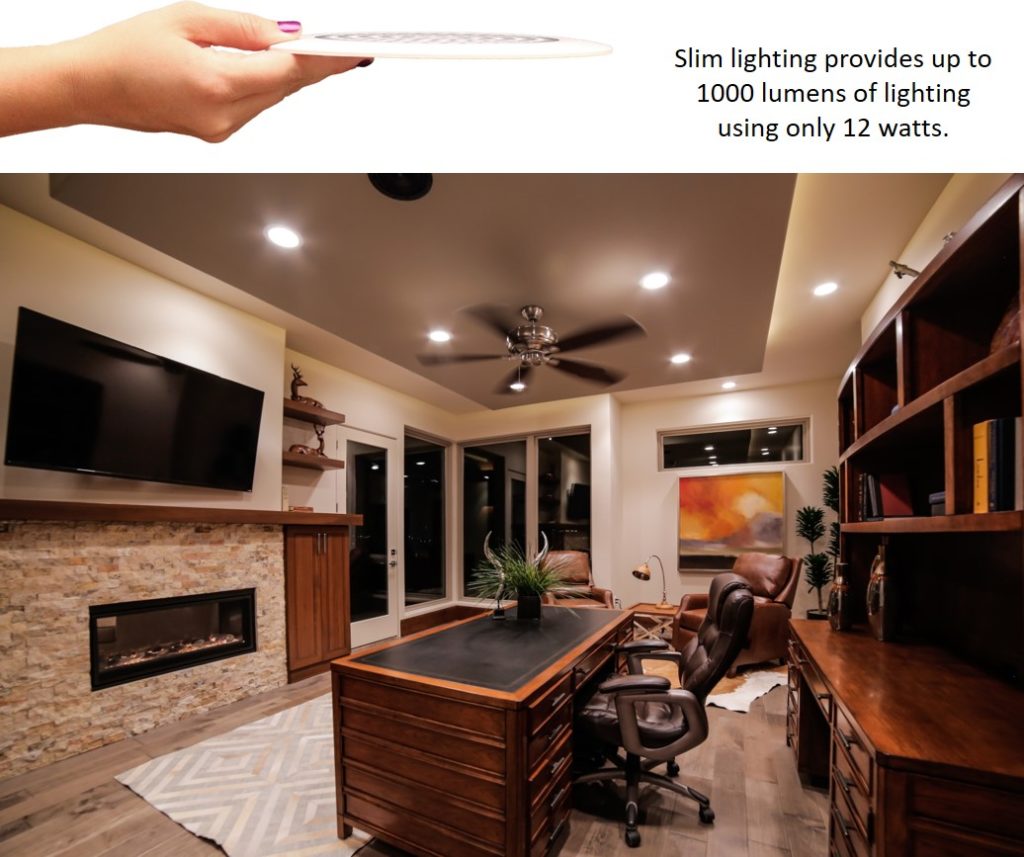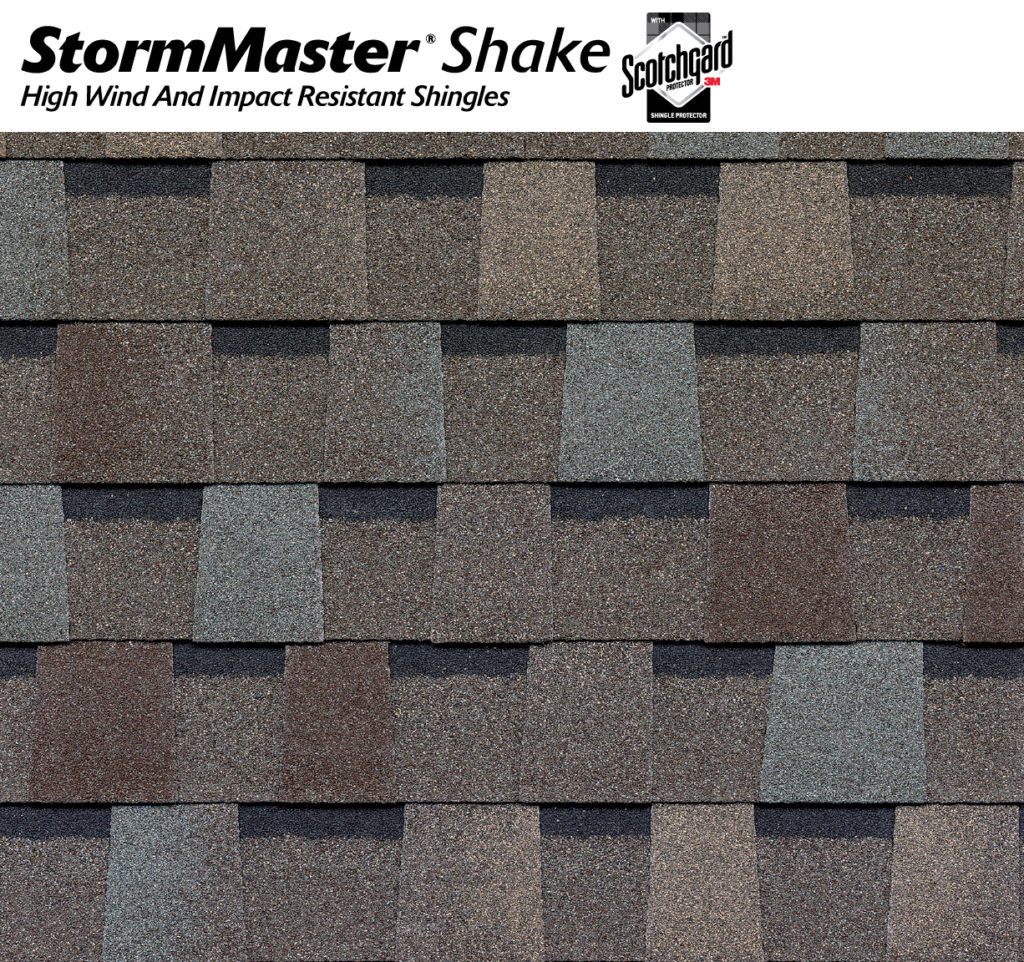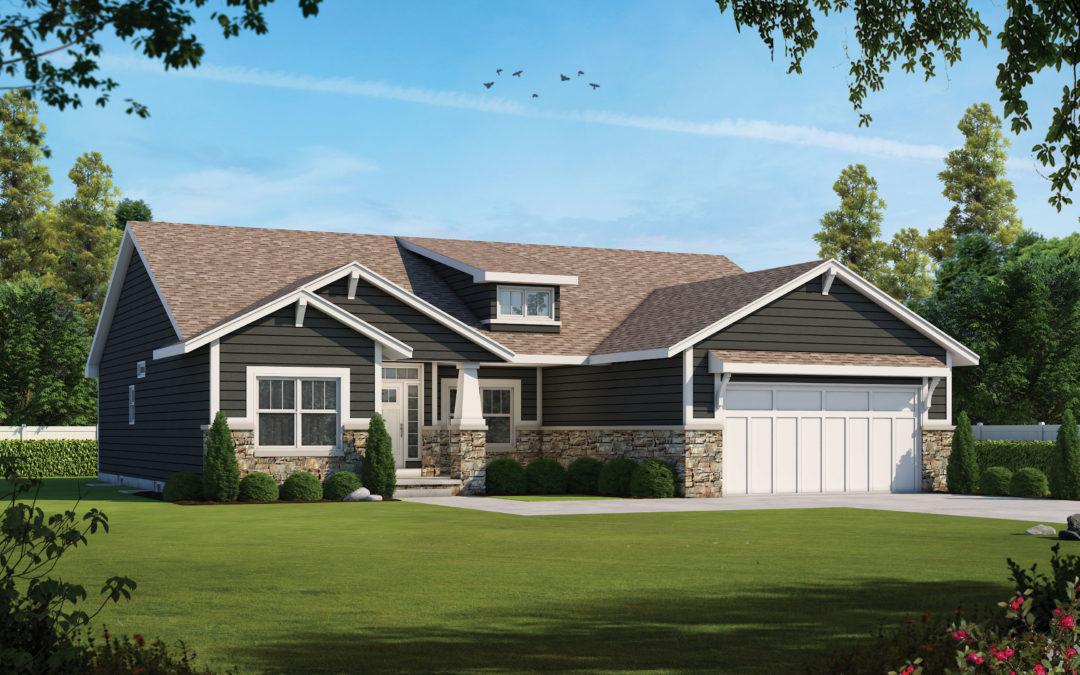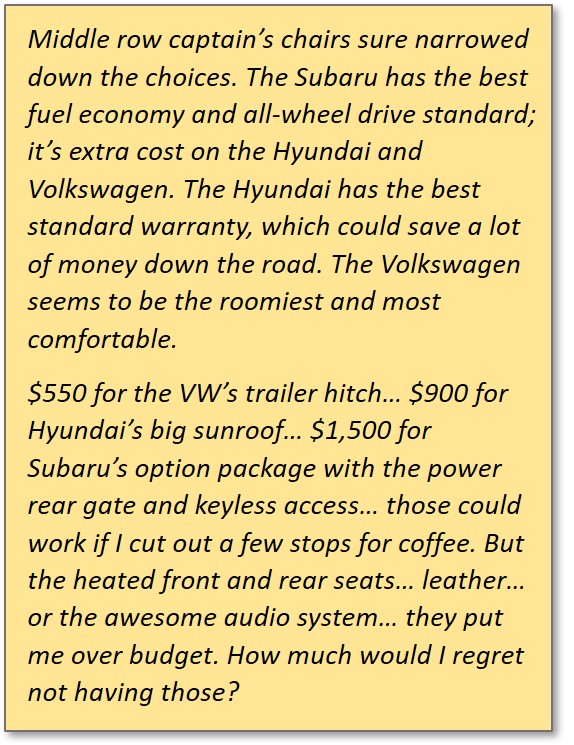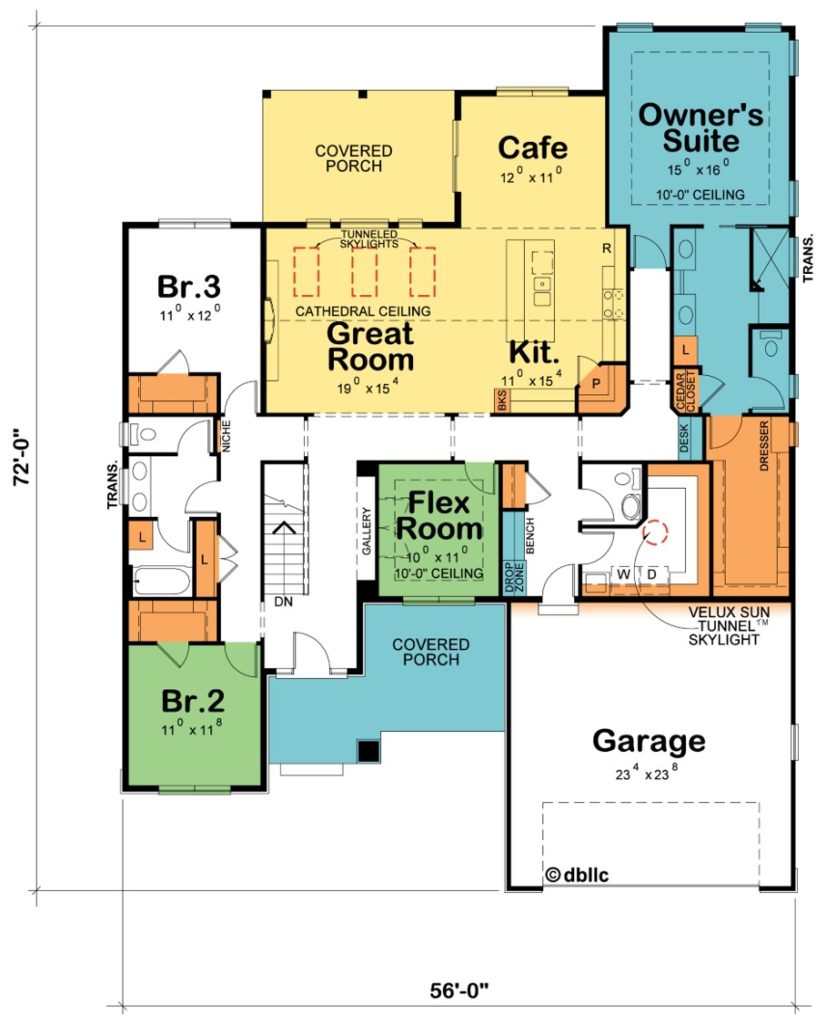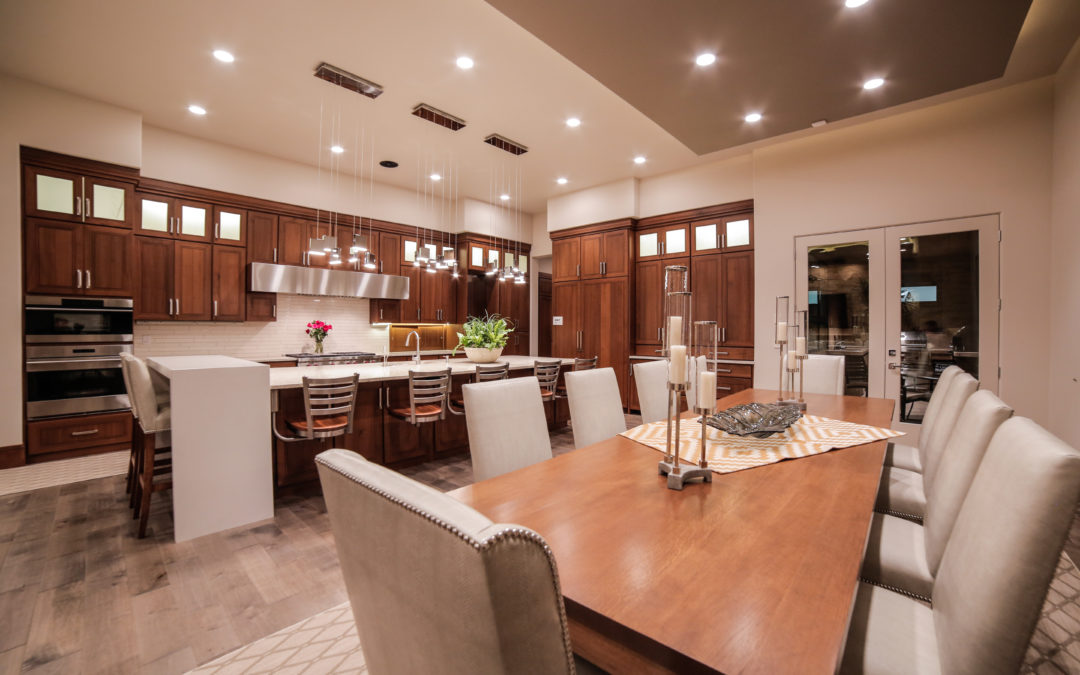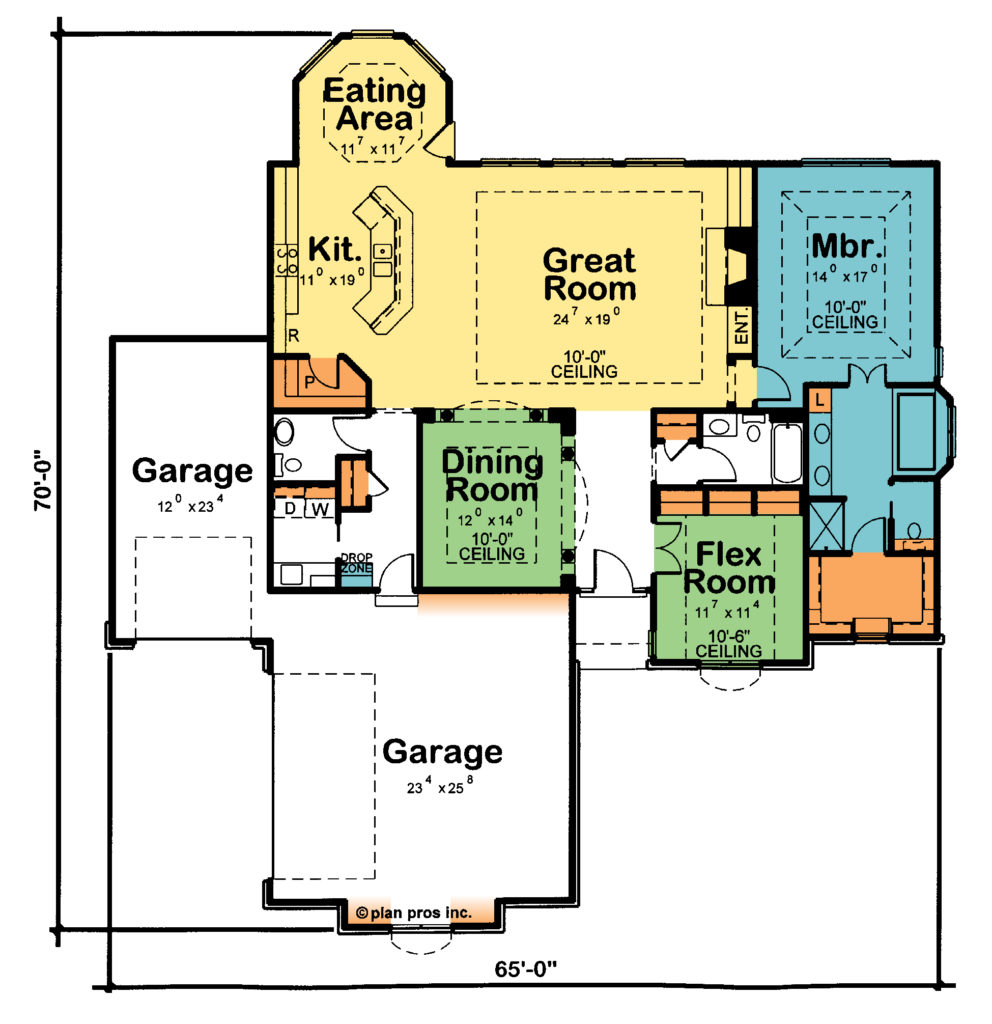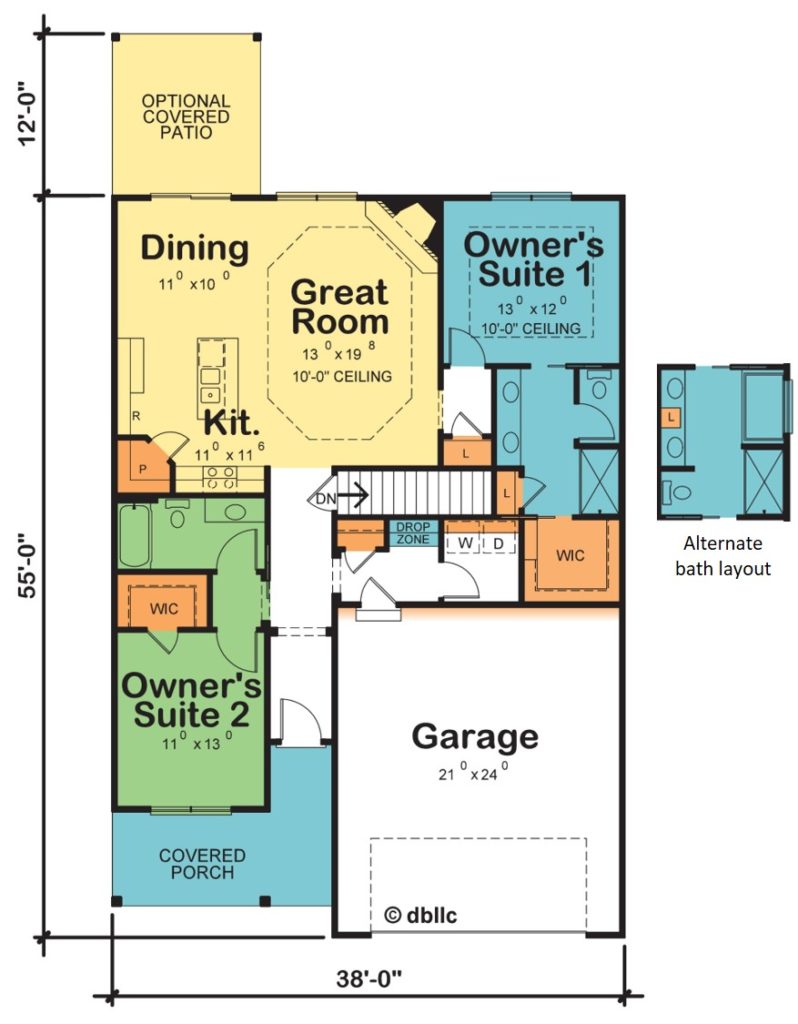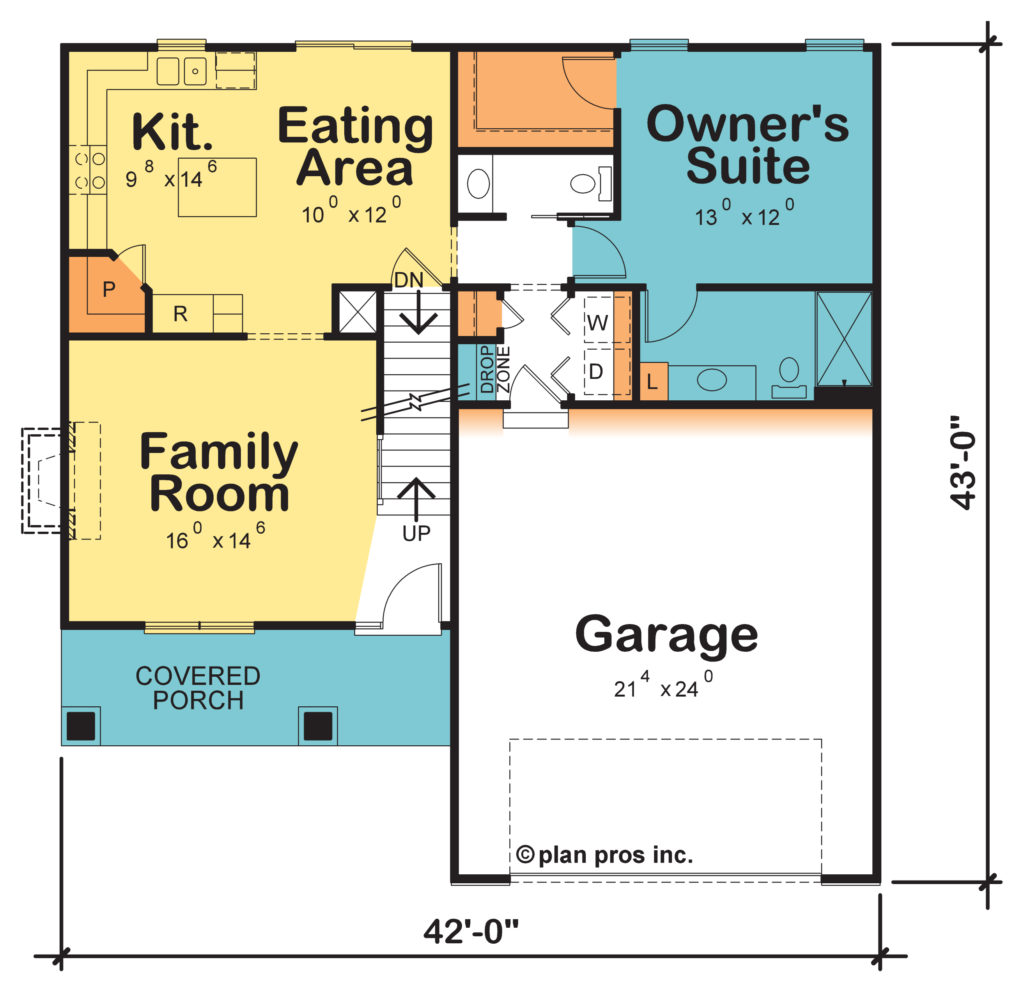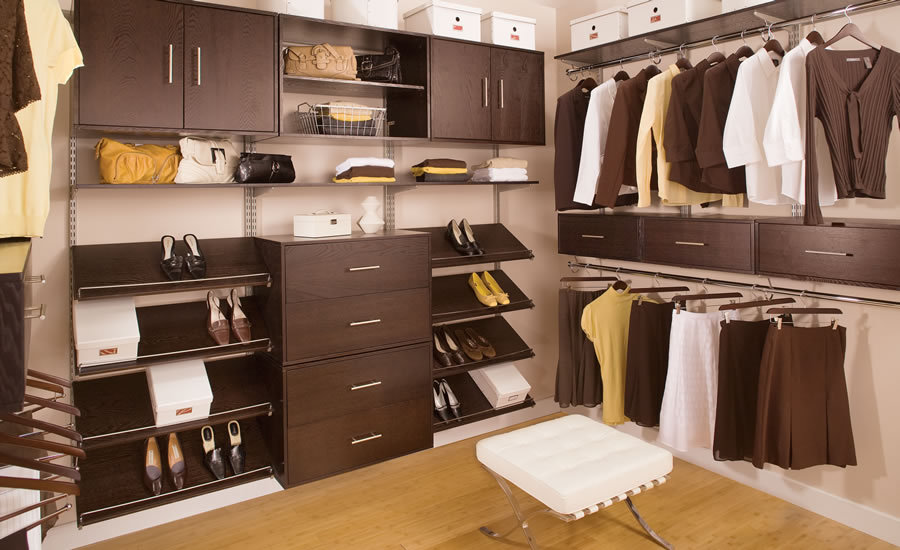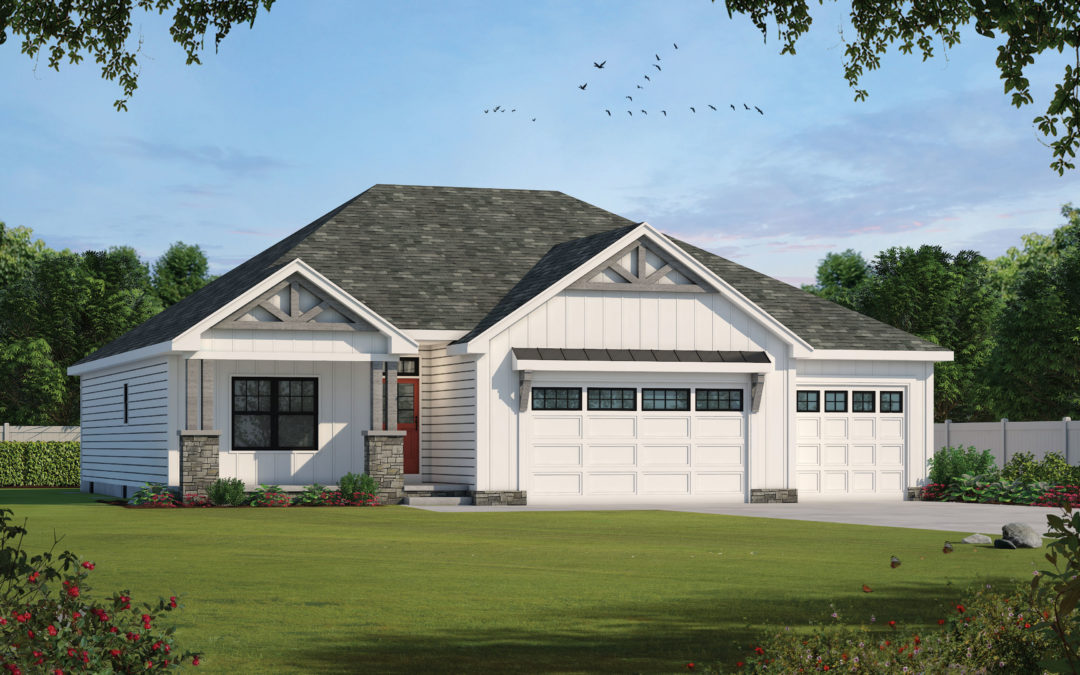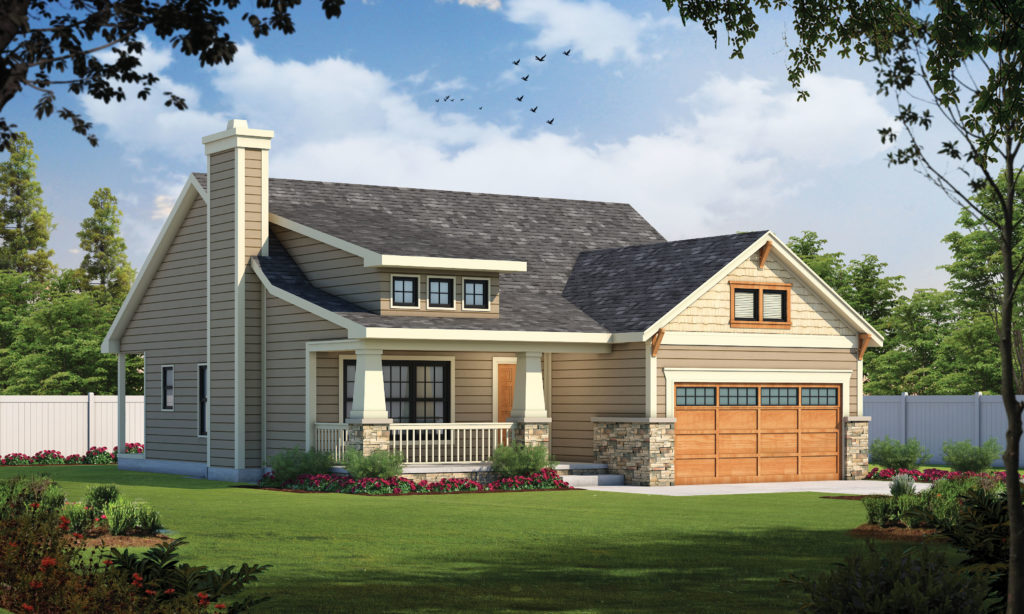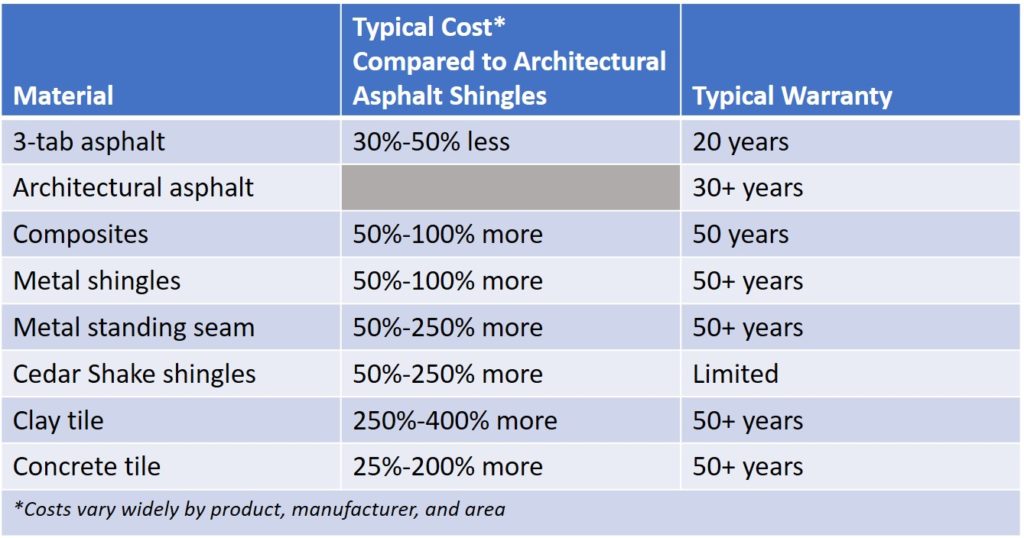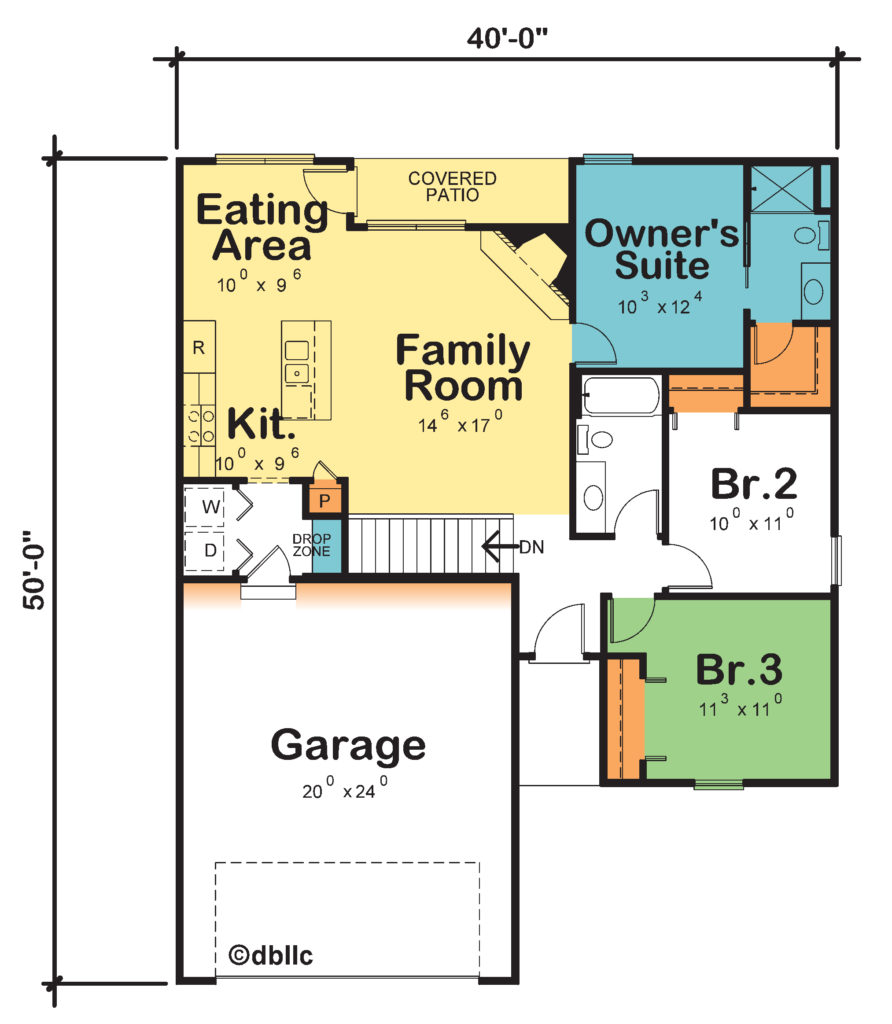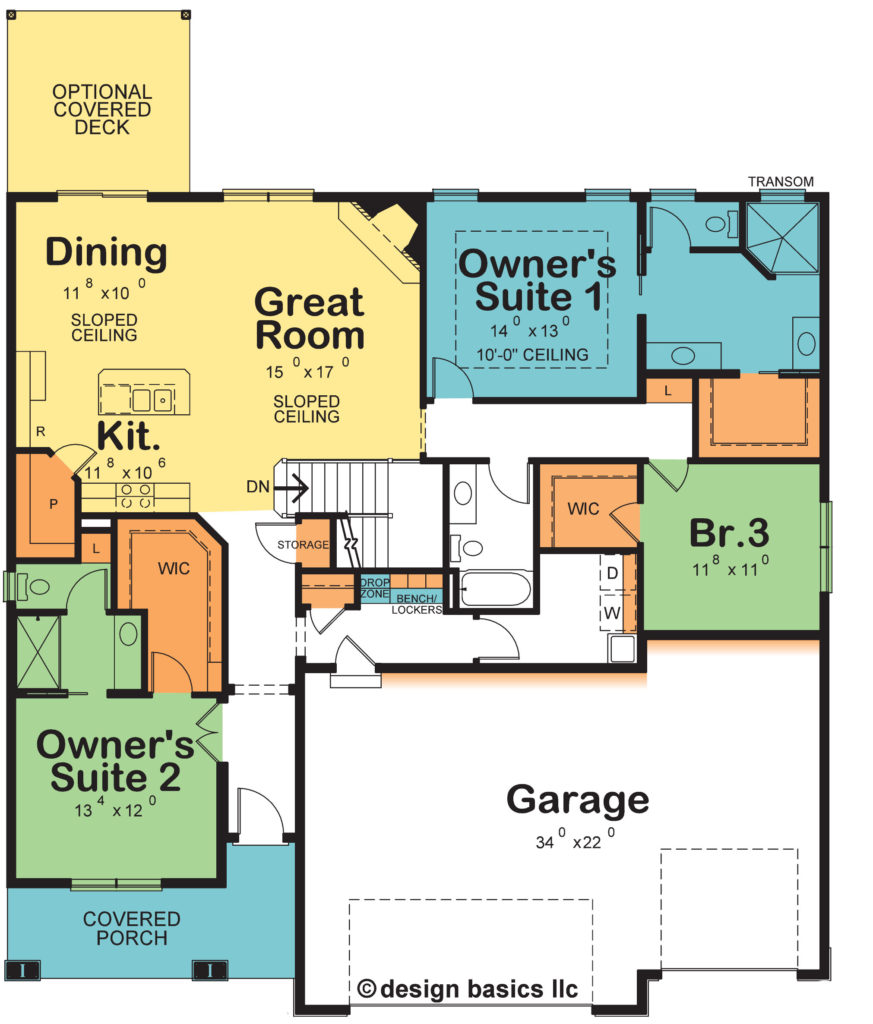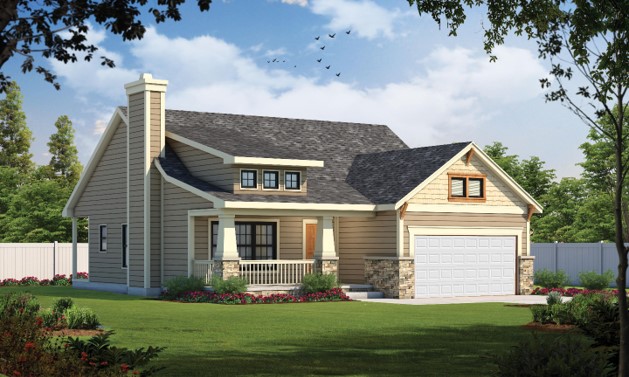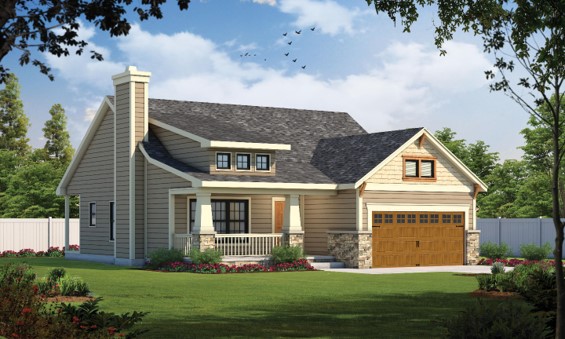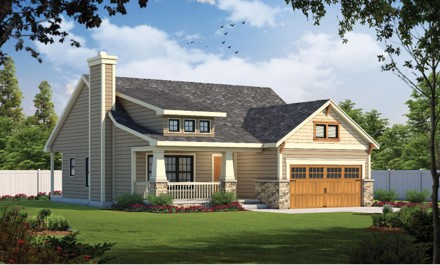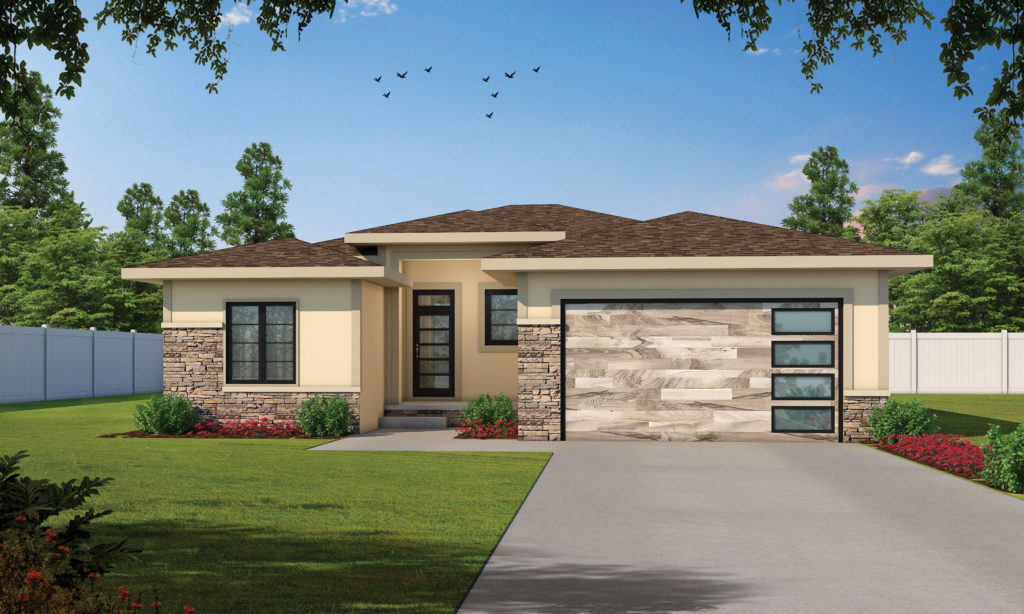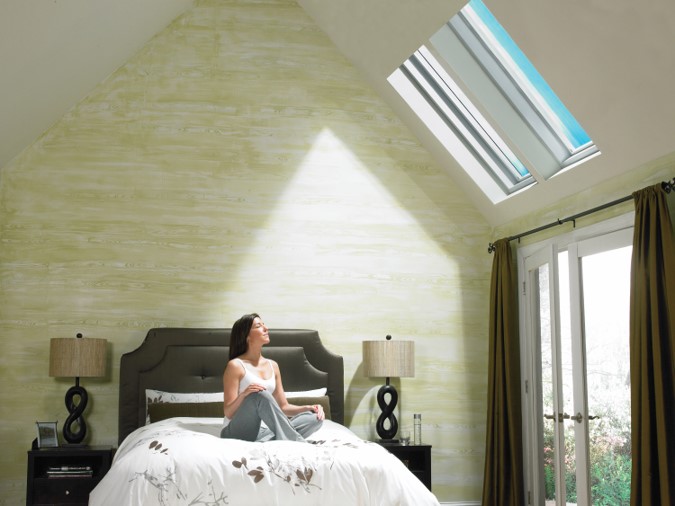
Healthier Home = Healthier Household
How your choices affect the cost of your new home.
With all four children plus mom suffering from asthma and allergies, Paul and Cindy opted to invest $3,000 in a high-performance air filter and air purification system when building their new home. They feel it was the best choice they made, particularly when it cut their family’s dependence on maintenance and rescue medications in half! We rarely appreciate feeling good and take our health for granted. Learning about some of the healthy choices to consider is the first step to making the best new home investment decision.
Indoor Air Quality is becoming an increasingly important aspect of new homes. Today’s tighter homes can potentially trap airborne pollutants, from annoying odors to molds, pollen, and bacteria. An estimated half of illnesses are directly related to or aggravated by the air we breathe. These same pollutants can trigger adverse reactions in the 40% of U.S. households having one or more members suffering from asthma, allergies, or another respiratory ailment. Some of today’s building materials and furnishings can release chemicals bothersome to sensitive individuals, or harbor indoor air pollutants. Wise product choices can greatly reduce indoor air quality problems.
Eliminate Sources of Air Pollution. The first step is to improving air quality is to eliminate sources of possible indoor air pollution, removing paints, cleaning chemicals, gasoline, pesticides, etc., from inside the home. If they will be kept in an attached garage, you will want to ensure the garage is air-sealed from the walls/ceiling of adjoining living spaces in the home.
Bed Covers. Bedding can be a significant source of allergens. Dust mite allergy is the most common allergy, and there are two million dust mites in the average double bed! Many doctors recommend a mite-proof box spring and mattress and pillow encasings.
Radon. According to the U.S. EPA, radon, a naturally occurring, invisible, odorless gas causes an estimated 21,000 lung cancer deaths each year. It is a radioactive gas that is produced from the breakdown of uranium in the ground and leaks into the home through the foundation. The EPA has developed a nationwide, county-by-county map indicating potential radon levels broken into levels 1 (most serious), 2, and 3. (See map at right.) Adding radon-resistant construction features typically add $350 to $1,000 to the cost of building a new home (Source: EPA).
Air Filtration. Filtering the air you breathe is the second step for improving indoor air quality. Air filter effectiveness is expressed by its MERV (Minimum Efficiency Reporting Value) Rating, which describes the filtering effectiveness of increasingly smaller particles. MERV ratings range from 1 to 20, with higher numbers doing a better job of filtering more (and smaller) particulates in the air. Traditional furnace air filters are designed to protect the furnace—not people. Typical ‘disposable’ one-inch fiberglass filters have a MERV rating of between 1 and 4. One- to two-inch pleated filters with MERV ratings between 7 and 12 will remove most harmful contaminants (e.g., mold, dust). Yes, you won’t have to dust as often! Larger pleated filters with MERV ratings of 13 and higher can capture bacteria, smoke, and some viruses. But higher MERV ratings are not always good. Because they are so effective at filtration, they actually restrict airflow, causing furnaces and air conditioners to have to work harder and operate for longer periods of time to achieve comfortable temperatures. Filters with MERV 13+ ratings should be used only when the HVAC system has been designed for such high filtration.
Air Purification. Air purifiers, the third step in improving air quality, destroy bio-aerosols. Most models employ ultraviolet (UV) light(s) around which air passes prior to being circulated through the ductwork. Bio-aerosols, mold, viruses, and other live organisms in the air exposed to UV light for a long enough period of time are destroyed. Installations wherein the UV light is adjacent to the air filter may work best, where the UV light can kill living organisms trapped in the filter.
MicroPure®: MX4™ Ionic Oxidation utilizes propriety metallic technology and UV light energy to naturally produce ionic air scrubbers and destroy many indoor pollutants, such as bacteria, viruses, mold, VOC's, mildew, allergens, and odors.
(Photo courtesy of Dust Free)
Wise Product Choices can help minimize potential problems.
- Enamel-coated wire closet shelving is highly preferable to particleboard shelving. Particleboard can off-gas chemicals and block air currents moving in the closet. With wire shelving, there is no outgassing and air moves between clothes hanging in the closet, helping them stay fresher, longer.
- Factory prefinished wood floors give off little or no VOCs—a problem that can continue for up to 6 months after finishing traditional wood floors on site.
- Low-VOC or no-VOC paints and adhesives.
- Use a mildew-resistant paint in the basement.
(Photos courtesy of Sherwin-Williams; click on the image to enlarge.) - Frameless shower doors are not only elegant, but easier to clean and keep clean because they eliminate the frame and its glass seal where contaminates can breed.
- Energy-efficient sealed, outside air combustion natural gas fireplaces, furnaces, and water heaters utilize a special vent pipe to bring outside air into the combustion chamber to feed the fire, and all products of combustion are exhausted out of the house instead of potentially spilling (‘backdrafting’) into the home. An illustration may be helpful. Let’s assume you build a fairly tight home. With the clothes dryer, bathroom exhaust fans, or kitchen range hoods running, you are likely exhausting more air from the home than can naturally leak in, causing the home to depressurize. Traditionally vented gas appliances cannot vent the products of combustion outside if the home is depressurized.
- Touchless faucets and toilets help minimize the spread of germs. (Photos courtesy of American Standard and Delta Faucet; click on image to enlarge.)
- A seamless integral sink formed of the same material as the countertop eliminates the seam or rim, which is an area that’s often hard to clean and where mold and bacteria can grow.
Fresh Air Exchangers. A fresh air exchanger expels potentially stale, polluted indoor air and brings in fresh outdoor air at a controlled rate. Some models incorporate a high-performance air filter, filtering out any contaminants and allergens in the outside air before it is circulated through your home.
Lighting. Most of us underestimate the importance of natural light. Windows not only connect us to the world around us, they are very important for health. The number of windows, their sizes and placement, open design concepts, transom windows between living spaces with walls, and even lighter interior colors all increase light levels in the home, known to reduce eyestrain, headaches, and fatigue. According to lighting pioneer Dr. John Ott, the UV rays in natural light actually help our bodies absorb calcium and reduce cholesterol.
Water Purification. “Although the U.S. has one of the safest drinking water systems in the world, there are an estimated 4-32 million cases of acute gastrointestinal illness (AGI) per year from public drinking water systems,” according to the Centers for Disease Control (CDC). When looking to purchase water filters, look for those that have been certified by the National Science Foundation, an independent federal agency.
Most people rely on the water filtration that comes with their refrigerators. Such filters are typically rated for about 300 gallons, or six months of use, and will set you back $80 to $100 per year for replacement filters. Water filtration systems that attach to the end of your kitchen faucet run around $30 but are typically rated for only 100 gallons before the (approximately $10) filters need to be replaced. For larger households and/or filtered water for cooking, consider under sink water filtration systems that can provide 50 to 100 gallons of filtered water per day for $200 to $300 and expect to spend another $50 or so per year in replacement filters. Whole house systems provide filtered water for all of your needs – drinking, cooking, bathing, and laundry. Often rated 5 to 10 years and from 500,000 to 1,000,000 gallons, such systems are priced between $800 and $1,500, plus you’ll want it installed by a plumber.
Quiet. Due to their superior insulation and air sealing, much of the unwanted clatter that goes on outside cannot be heard inside energy-efficient homes. Few things in life are as important to our health as a good night’s sleep. Having a home free from outside noise not only betters our chances for rest, but the quiet promotes concentration, reduces irritability, and has been shown to have a positive impact on our mental health. Inside our homes, quiet appliances, bath fans, and furnaces reduce ambient noise. Solid core doors, and various soundproofing measures can be taken during construction to minimize noise transfer from one area to another.
Healthy home product choices typically aren’t as exciting as kitchen and bathroom selections, yet nothing is more important than the health of everyone in our households. As a nation, we spend the majority of our time indoors, so building a healthy home just makes sense. Next time we look at choices for building stronger/safer homes – yet another definition of a high-performance home.
For more resources on thoughtful design and products:
- View other articles on our blog
- Browse our Her Home™ Magazine
- Thoughtful Design Concepts
(Product spotlights are for informational purposes only.)
Cover image courtesy of VELUX.

